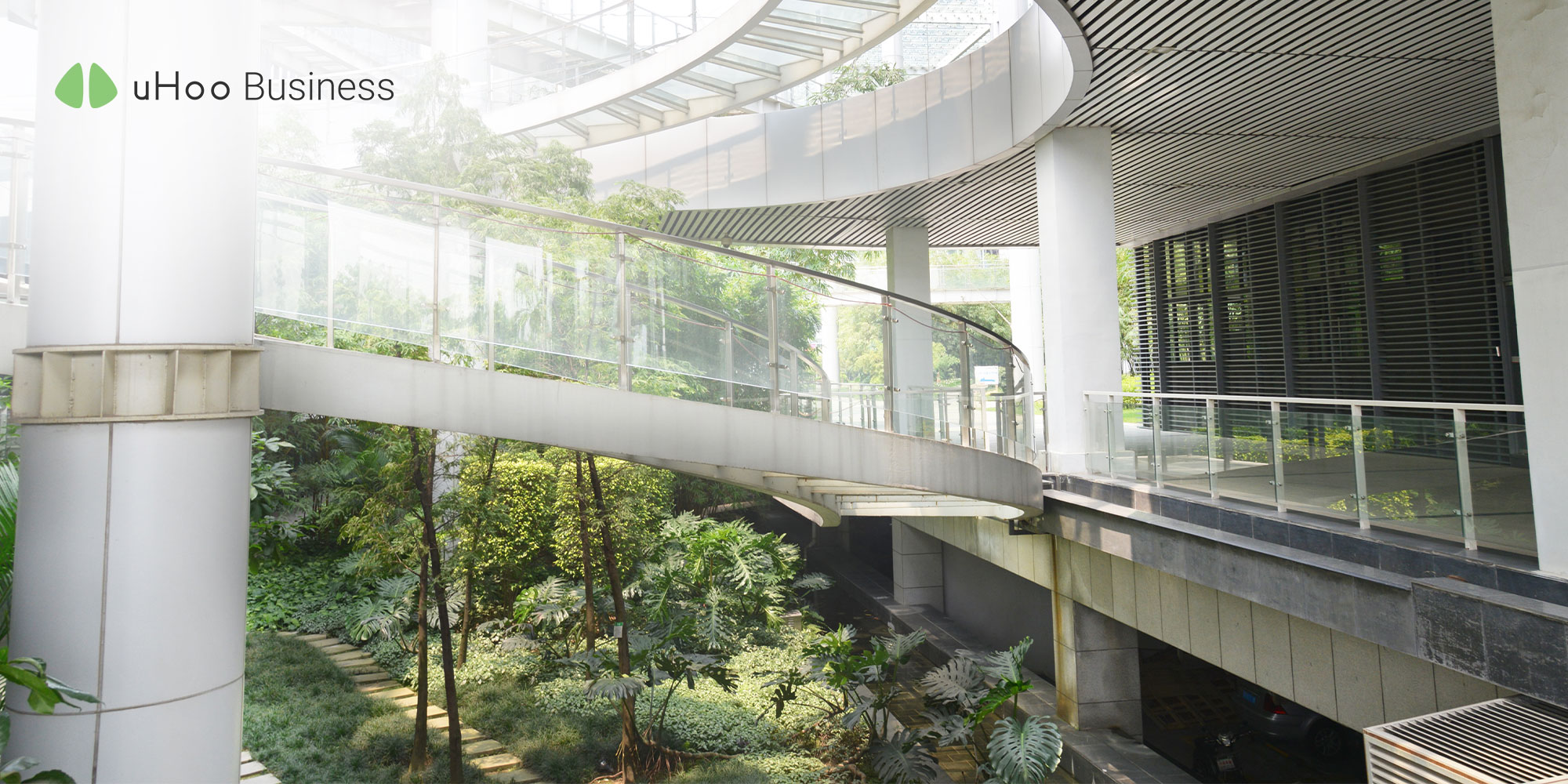
Despite the numerous advantages that sustainable and healthy buildings offer to owners, businesses, occupants, and the environment, there is still hesitation among some to fully adopt this concept. This hesitation is primarily attributable to a range of challenges and impediments.
The challenges of establishing sustainable and healthy buildings
Cost implications
Incorporating features and specialized systems designed to improve indoor air quality, thermal comfort, and other aspects of occupant health and sustainability can be more expensive than conventional alternatives. For instance, using low-VOC (volatile organic compound) paints, high-efficiency HVAC systems, air filtration, indoor air quality sensors, and better insulation materials can increase the upfront construction costs. Moreover sustainable and health-conscious building materials may not be as readily available as traditional materials, and their scarcity can drive up costs. Transportation and sourcing of eco-friendly materials can also add to expenses.
Lack of Awareness and Education
This pertains to the limited understanding and knowledge among professionals, stakeholders, and the general public about the principles and practices associated with designing, constructing, and maintaining buildings that promote occupant health and well-being. Many architects, builders, and construction professionals may not have a comprehensive understanding of the factors that contribute to a healthy building environment. Also, the field of healthy building design is constantly evolving as new research and technologies emerge. Staying up-to-date with the latest best practices and innovations can be challenging for professionals who are not well-versed in this area.
Building owners and occupants may also lack awareness about the benefits of healthy buildings and how their choices in construction, renovation, and maintenance can impact their health and well-being. If consumers are not aware of the benefits of healthy buildings, there may be limited demand for such properties. This can deter builders and developers from investing in health-promoting features.
Occupant behavior
While architects and engineers can design and construct buildings with various features and systems to promote health and environmental stewardship, how occupants use and interact with these buildings can significantly impact the effectiveness of these design elements. Consider the following situations as perfect examples:
- Occupants leaving lights on when not needed, keeping windows open while the HVAC system is running, or wasting water, can lead to increased energy and water usage. These actions do not only drive up operational costs but also increase the environmental footprint of the building.
- Smoking indoors or using certain cleaning products can compromise indoor air quality. Poor indoor air quality can lead to health issues, including respiratory problems, allergies, and other illnesses.
- Inadequate waste management can lead to pollution and environmental harm.
- Noise disturbances caused by occupants, such as loud music or conversations, can affect the comfort and well-being of other building occupants, potentially leading to stress and reduced productivity.
Regular maintenance
Sustainable and healthy buildings often incorporate special features to improve indoor air quality, reduce exposure to toxins, optimize lighting, and enhance overall occupant well-being. However, these features can deteriorate over time due to wear and tear, improper usage, or neglect, thus, regular maintenance is essential to preserve the functionality of these features.
Balancing conflicting goals
This involves reconciling the objectives of promoting sustainability and health with other project priorities. For example, the visual appeal and design of a building are important aspects of architecture. Sometimes, sustainable or health-promoting features may conflict with aesthetic goals. For example, large windows for natural light might not align with a particular design concept, or using certain sustainable materials might not fit with the desired aesthetics.
Addressing the challenges in sustainable and healthy building construction
Addressing the challenges in sustainable and healthy building construction requires a multifaceted approach that involves architects, builders, developers, building owners, and the broader community. Here are some strategies to tackle these challenges:
- Increase education and awareness about the importance of healthy and sustainable buildings. This can be done through:
- Developing educational programs and courses at schools, colleges, and universities that focus on sustainable and healthy building practices.
- Offering or participating in certification programs and training to enhance knowledge on sustainable and healthy building practices.
- Explore cost-effective solutions that align with sustainability and health goals. Innovative technologies and materials are continually emerging, offering more budget-friendly options.
- Consider the long-term cost savings and benefits of sustainable and healthy buildings. While initial costs may be higher, focusing on life cycle cost analysis can justify the investment.
- Source materials locally to reduce the environmental impact of transportation and support the regional economy.
- Explore innovative financing models, such as green bonds or public-private partnerships, to fund sustainable and healthy building projects.
- Implement monitoring and reporting systems to measure the ongoing performance of sustainability and health features. This helps identify areas that need improvement and ensures that these features continue to deliver their intended benefits.
- Invest in research and development to create innovative solutions that address the challenges in building construction. Collaboration between academia, industry, and government can drive advancements in sustainable and healthy building practices.
By implementing these strategies, it becomes possible to address the challenges associated with sustainable and healthy building construction and create environmentally responsible, occupant-friendly spaces that benefit both the present and future generations.


